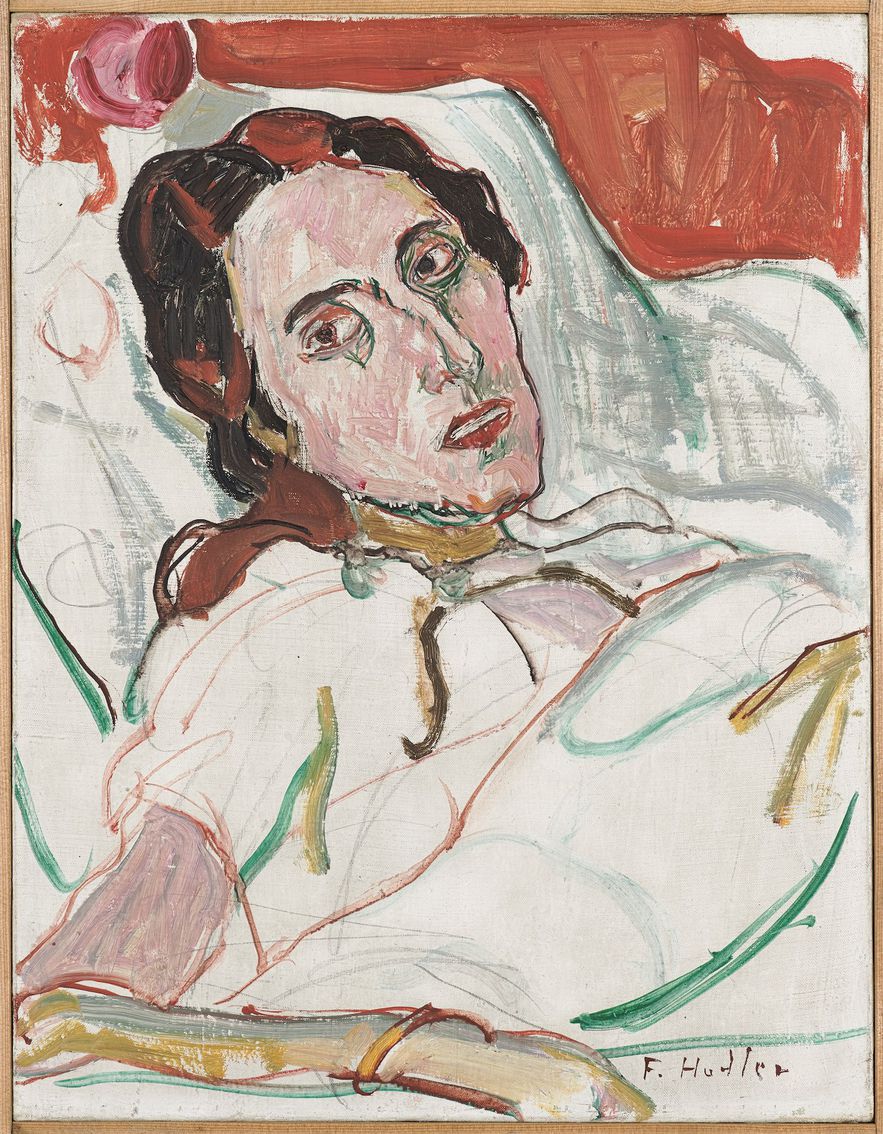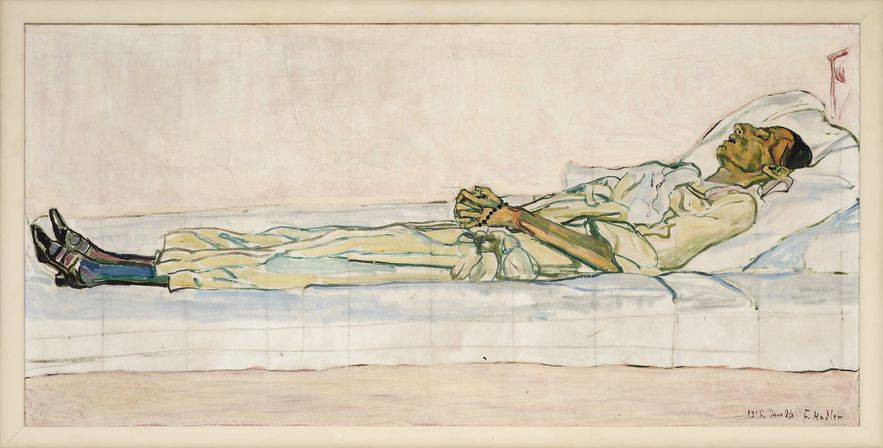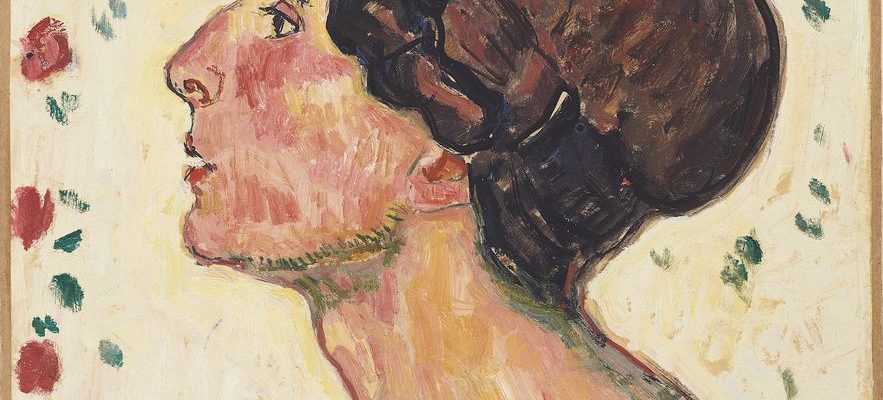“Death has the beauty of truth. It is death, it is its greatness, that I see through those traits that were lovable, loved, adored, and that it invades”, wrote Ferdinand Hodler in 1917. Two years earlier, the Swiss painter painted in real time the illness and then the death of Valentine Godé-Darel (1873-1915), muse, mistress and mother of their daughter Pauline. The story is sad. In 1913, Valentine learned of her pregnancy at the same time as her cancer. The birth of Pauline, known as Paulette, is then superimposed on Ferdinand’s sketches and paintings which retrace, on paper or on canvas, the advance of the crab in what he calls “the most intense passion of [sa] life”. Hodler thus scrupulously documented the agony of a loved one, a series that will become an emblematic contribution to the history of modern art. “No one has ever done this before”, he confides to the collector Gertrud Dübi-Müller, conscious of confronting something new, even taboo.
This macabre link between the painter and the beloved woman, where art and intimacy intertwine, the Jenisch Vevey museum, in Switzerland, highlights it until May 21 in partnership with the Ferdinand Hodler Institute in Geneva. . By bringing together 115 pieces from the Vevey collection, but also from public and private collections, the curators Anne-Sophie Poirot and Niklaus Manuel Güdel take “an updated and critical look at the relationship between the two protagonists, as well as at the whole of major works that is the cycle of Valentine”. The last major public presentation of the series dated back to 1976. “The journey invites us to reconsider the woman behind the model and, more broadly, to question ourselves about the other, the one we love, the one we mourn” , underline the curators. Here, affective commitment is coupled with major artistic issues.
Ferdinand Hodler, “Portrait of Valentine Godé-Darel”, 1912.
/ © Leopold Museum Vienna
pictorial obsession
A book, in the form of a box in two volumes, published in Cahiers Dessins, deciphers in detail this extraordinary link. Ferdinand and Valentine met around 1908, when the painter completed his monumental frieze on Love And Desire. He is 55 years old. Actress, she is 35. Their twenty years apart precipitate the “painter-model” link towards a passionate affair. Hodler invests in it with an experience inseparable from death. As a teenager, he was already an orphan on all sides: his parents like his brothers and sisters succumbed before his eyes to tuberculosis. Human fragility and the last breath taken are dramatically familiar to him, before becoming a pictorial obsession.

Ferdinand Hodler, “La Malade” or “Portrait of a sick Valentine Godé-Darel”, 1914.
/ © Ferdinand Hodler Institute / Pierre Montavon
In 1909, already in the household with Valentine, he immortalized his ex-companion, Augustine Dupin, mother of their son Hector, on his last layer, like a sort of draft of the sketches, drawings and paintings of the monumental cycle that he was beginning to produce. four years later: a total of 200 works – drawings, paintings and notebook pages – which reproduce with cruel meticulousness the ordeal of Valentine Godé-Darel, until her death on January 25, 1915. This raw precision and acceptance of her model who seems, as a consummate actress, to collaborate in her lover’s enterprise, it is the strength of Hodler’s brush and his pictorial language based on the symmetry and the repetition of forms which he calls “parallelism” .

Ferdinand Hodler, “Valentine Godé-Darel on her deathbed”, 1915.
/ © Kunstmuseum Soloturn
Ironically, the artist, who passed away three years later, was also caught in his final moments by the lens of his friend Gertrud Dübi-Müller. The painter of death has thus in turn become a model of the grim reaper.
